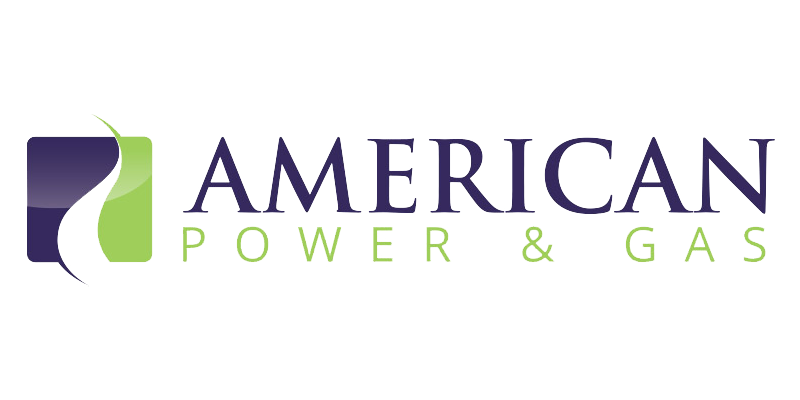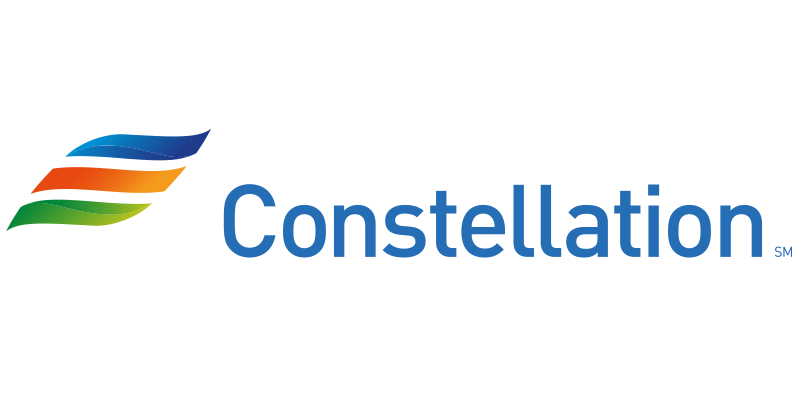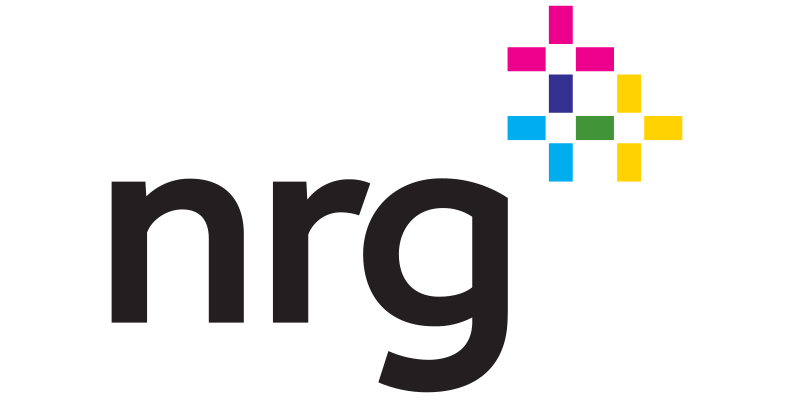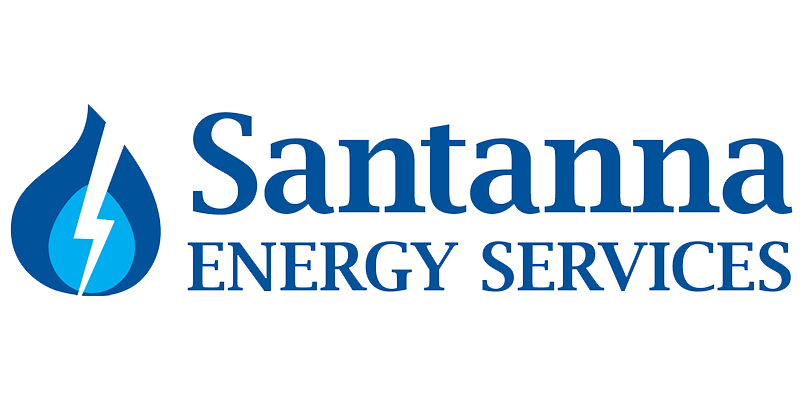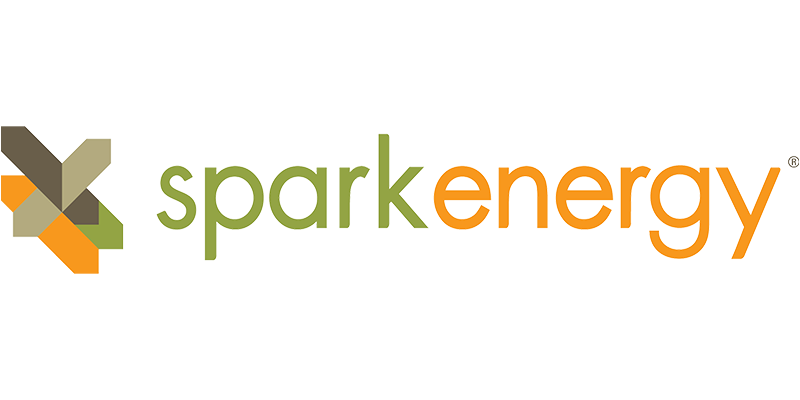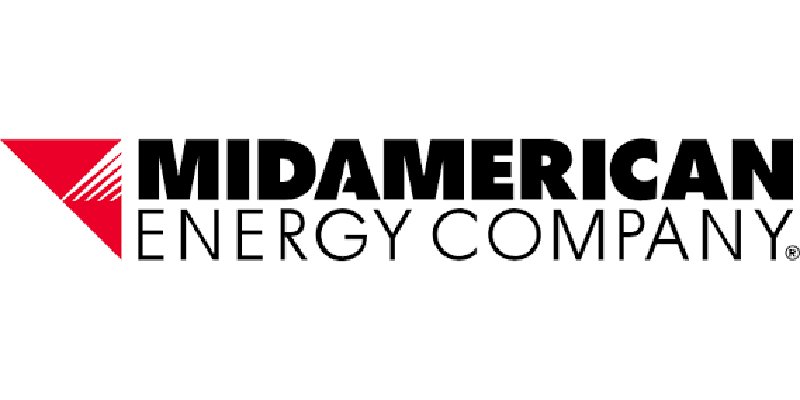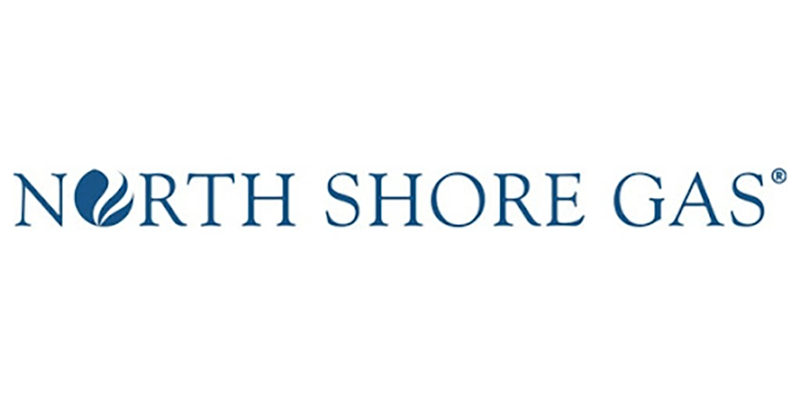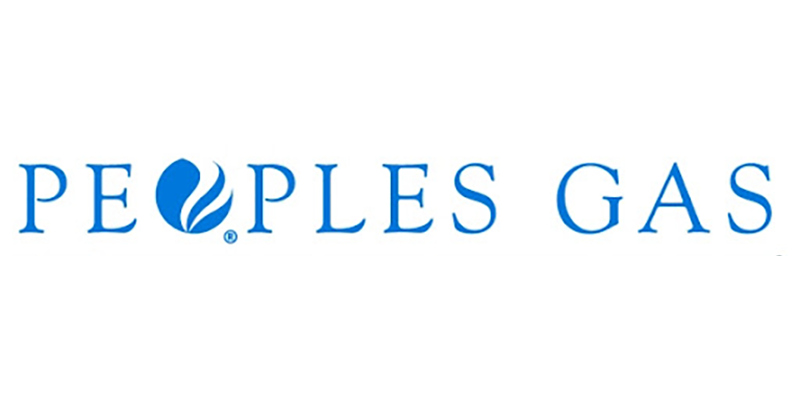Compare the Best Illinois Electricity and Natural Gas Rates
Find the lowest Electricity and Natural Gas rates in Illinois.
Select a Service Type and Enter Your ZIP Code to Get Started
Recommended Illinois Plans
Compare Illinois's Top Natural Gas and Electricity Companies
Constellation is the US's largest producer of carbon-free energy and a leader of retail supply of power, natural gas and home services for residences across the nation. Headquartered in Baltimore, their generation fleet produces enough energy to power 15 million homes and is helping to accelerate the nation's shift to clean energy with more than 32,400 megawatts of capacity and annual output that is 90 percent carbon-free. Constellation serves approximately 2 million residential, public sector and business customers, including three-fourths of the Fortune 100.
Green Mountain Energy Company was founded in 1997 with the mission to change the way power is made. As the longest serving renewable energy retailer in the country, Green Mountain is a green power pioneer.
Starting Electricity and Natural Gas Service in Illinois
In Illinois, utility service dends on your location. You may a single utility that provides both electric and natural gas service or you may have two separate utilities with only one providing electricity and another natural gas.
Step 1: Contact Your Utility Provider
To start electricity service in Illinois, determine which utility serves your area. Illinois has three main electric utilities. Ameren Illinois serves the bulk of state, including Alton, Champaign, East Saint Louis, Peoria and Springfield. In the northern part of the state, Comed serves the Chicago metro area including Joliet, Naperville, and Rockford. Lastly, MidAmerican Energy serves several towns in western Illinois including Moline, Rock Island, and Silvus.
Illinois also has several natural gas utilities that operate in the state, with several having served their communities for well over a century.
- Ameren Illinois -- The utility also provides natural gas service to most of middle and southern Illinois, and including Danville, Decatur, Quincy, and Marion.
- MidAmerican Energy -- Delivers natural gas several towns in western Illinois including Moline, Rock Island, and Silvus.
- Nicor Gas -- Serves several western Illinois communities as well as Arlington Heights, Cicero, Joliet, Naperville, and Rockford.
- North Shore Gas -- Serves North Chicago, Park City, Waukegan.
- Peoples Gas -- Services the city of Chicago, Edison Park, and Logan Square.
Once you know which utility serves the area you're in, just visit their web site listed below. It's easy and convenient to start up service.
Illinois Electric Utilities
Illinois Natural Gas Utilities
Be ready to provide your address, move-in date, and identification. A deposit or credit check may be required.
You can also sign up for a utility My Account to securely receive and view your bills online as well as schedule payments anytime.
Choose a Retail Energy Supplier
Because Illinois has a deregulated energy market, consumers can choose a retail electric or gas supplier for the supply portion of their service. However, if you do not select one, you'll receive the utility's default supply rate.
Competitive suppliers may offer fixed rates, different length terms, or renewable options. When you compare Illinois electricity suppliers, you may find a third-party supplier may help you find a better rate than the default utility price.
Step 3: Your Bill and Service
You will receive one bill from your utility, which includes delivery charges and supply charges (based on your supplier choice). Your utility remains your point of contact for outages, emergencies, or service issues.
What is the Price to Compare in Illinois?
Your local utility will be your energy supplier if you decide not to shop alternative retail electric suppliers or if your retail supplier leaves the state.
Illinois utilities charge these customers a default rate known as the Price to Compare. It covers the utility's costs of the electric supply, without any mark-up.
The Price to Compare is determined through a procurement process run by the Illinois Power Agency (IPA). The IPA administers a competitive bidding process each year to line up electricity supply for the Price to Compare customers.
Each utility, Ameren Illinois, ComEd and MidAmerican Energy, submit load forecasts for the coming year. The IPA then requests bids from companies with power to sell. It then holds "procurement events" where qualified power companies can submit sealed, binding bids to provide energy to these utilities. These usually happen twice a year, in spring and fall.
The ICC must approve both the IPA's procurement plans and procurement events. Bids are then selected on the basis of price.
Utilities then enter into wholesale electric supply contracts with the companies that submitted winning bids. Because electricity demand fluctuates due to seasonal weather, the Price to Compare can also vary seasonally. Typically, the default rate during the summer months (June through September) is usually higher compared to October through May.
You can use the Price to Compare to compare Illinois electricity suppliers. Because they can negotiate contracts or take advantage of shopping wholesale electricity prices, most suppliers can offer cheap rates that beat the Price to Compare rate.
How Switching Works in Illinois
It's easy to switch to a new alternative retail electric supplier (ARES) in Illinois. To begin, gather the following information.
- Your most recent utility bill showing your account number.
- Your name and address where you want the service started
- Your phone number and email address.
Step 1: Enter Your ZIP Code
Type in your ZIP code to see the licensed alternative retail electric supplier available in your utility company's service area:
- Ameren Illinois - most of central and southern Illinois, including Danville, Decatur, and Peoria.
- Comed - serving northern Illinois, including Chicago, Joliet, and Naperville.
- MidAmerican Energy - serving western Illinois including Moline and Rock Island.
Step 2: Compare Plans
Select an ARES plan that fits your needs. Be sure to look at the price per kWh, contract length, fees, and renewable options.
It's a good idea to compare these details for each plan to help you find the best plan:
Price per kWh/ccf - The price you'll pay for each unit of electricity or natural gas.
Fixed or Variable rate - "Fixed" = same price every month. "Variable" = price can change each month.
Term Length - How long the contract lasts (e.g. 6 months, 12 months).
Renewable Energy - Some plans include features that support clean energy.
Step 3: Choose a Plan
Once you choose a plan, you can sign up with the ARES directly through UtilityRates.com.
Step 4: Confirmation and Switch
Once you've signed with your new provider, you'll need to watch for a letter from your local utility confirming the switch and showing the date when your new service will begin. This usually depends on your next meter read date. Your new plan will then take effect on your next billing cycle.
Step 5: Finish!
That's it! You're done! There's no service interruption, technician needs to visit, and best of all, no fees!
Plus, you can also switch to your utility's PTC rate whenever you want.
Save up to 50% on Your Electricity Bill with Community Solar in Illinois
Community solar allows people to benefit from solar energy without installing solar panels on their own property. Instead, multiple residents or businesses subscribe to a shared solar farmsometimes called a "community solar garden"that feeds electricity into the grid. Subscribers then receive credits on their utility bill proportional to their share of the solar generation
| Program/Provider | Target Audience | Savings Example |
|---|---|---|
| Illinois Solar for All | Low-income households (80% AMI) | Up to 50% savings; no upfront cost |
| General Subscription Programs (e.g., Nexamp) | All residential/commercial customers | ~15% off energy costs; up to ~20% for income-eligible |
| MC Squared via CS | Local ComEd customers | 10% savings via billing structure |
Illinois Utilities vs ARES
In Illinois, your local utility, (Ameren Illinois, Comed , or MidAmerican Energy) has two main jobs:
To do this, your utility must keep its grid running reliably so that it can get the energy to everyone's home. This includes maintenance, repair work, and expanding its capacity to keep up with demand. Your local utility is the one to call when there's a blackout or a downed power line. They're also the ones you pay on your monthly bill.
The Price to Compare default rate represents the actual price your utility pays for the electricity. In other words, it not only includes the generator company's price for making the electricity but also the cost to transmit it from power stations over high tension power lines to your utility's local electrical switch yards.
But because the Price to Compare is determined through a complicated bidding process, it's not exactly the most agile way to respond to changing electricity prices.
Alternative retail electric suppliers or "ARES", however, only supply energy to their customers. Their rates are also are not hampered by auctions or state agency oversight. ARES are free to bargain for cheap electricity deals by contracting with generator companies or by shopping the wholesale power markets. This way they can offer their customers competitively priced plans often at better rates than the Price to Compare.
Compare Illinois Natural Gas and Electricity Utility Rates and Save
Ameren is a large energy generation and retail company that services both Illinois and Missouri. It came about in 1997 with the merger of Missouri's Union Electric Company and the Central Illinois Public Service Company. Ameren is the incumbent electricity provider for much of central and southern Illinois.
ComEd is the largest electricity company in Illinois, servicing the Chicago and Northern Illinois footprint. ComEd has been the primary electric delivery service company for Northern Illinois for more than 100 years, and is also a division of the Exelon Corporation.
In 2012 Constellation was purchased by Exelon, which has business activities in 47 different states. Exelon is the largest competitive power generator in the United States and is the second largest electricity and natural gas supplier in America.
Illinois Green Energy
Being able to choose your own alternative retail electric supplier in Illinois also includes your option to choose a green energy plan for your home. Some ARES offer plans containing up to 100% renewable energy.
The Role of RECs
When you choose a renewable energy plan it's more likely that your plan will rely on Renewable Energy Credits or RECs to meet that green energy requirement. That's because once power from a renewable energy source enters the grid, it can not be tracked. It just mixes in with all the other power from other power plants. So there's no way to be sure that the energy coming to your home is from 100% green resources.
How RECs Work in Illinois
When states like Illinois began passing laws for Renewable Portfolio Standards, they needed a way to to make sure their utilities used a percentage of renewable energy. While "green" electricity can't be tracked, RECs could be. As of 2025, both Comed and Ameren must buy 25% of their energy supply for renewable sources.
Whenever a green energy source (wind, solar, etc.) produces 1 MW of power the facility issues an uniquely-numbered REC to certifiy it and represent the clean energy benefits. A buyer can purchase both the power and the REC together or separately. When the REC is purchased by a utility or ARES, the REC is offically "retired". And the money for the REC goes to the renewable energy producer.
So, when you sign up for a green energy plan, your ARES buys RECs on your behalf so you can help support renewable energy producers and projects.
Ready to choose your energy rate?
Enter your ZIP code to explore the best energy plans in your area. Compare energy rates side by side, and choose the one that fits your home and budget.



